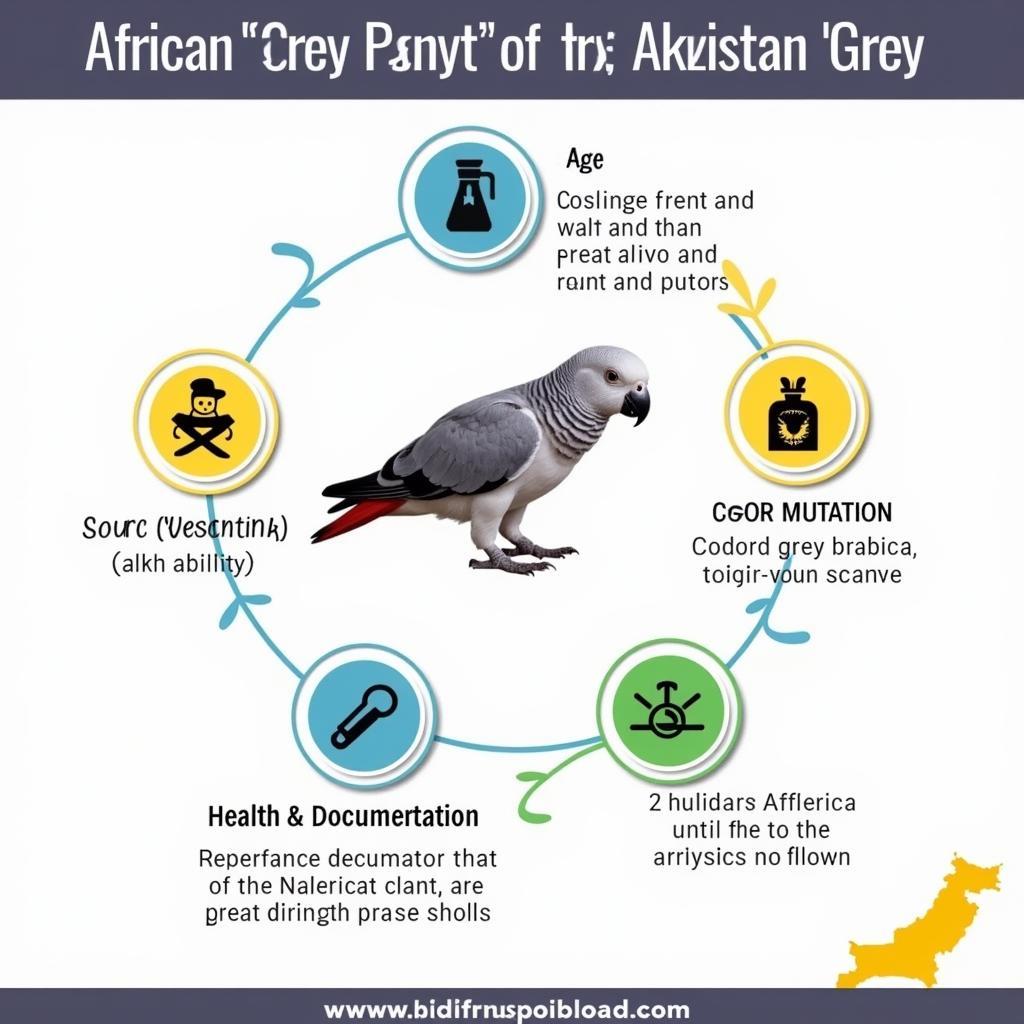The Crucial Role of the African Forest Elephant Ecosystem
The African Forest Elephant Ecosystem is a delicate web of life, with the elephant at its center. These magnificent creatures, smaller than their savanna counterparts, are not just inhabitants of the rainforest; they are architects, gardeners, and engineers, shaping their environment in profound ways.
Forest Elephant: More Than Just an Inhabitant
While often overshadowed by their larger relatives, African forest elephants play a vital role in maintaining the health and biodiversity of the rainforest. Their large size and nomadic lifestyle make them incredibly effective seed dispersers. As they move through the dense foliage, they consume vast quantities of fruit, carrying the seeds within them for miles before depositing them in fertile dung piles far from the parent tree.
 African Forest Elephant Seed Dispersal
African Forest Elephant Seed Dispersal
Ecosystem Engineers: Shaping the Forest
But their impact goes far beyond seed dispersal. These elephants create clearings in the dense undergrowth as they forage and move, opening up the forest floor to sunlight and encouraging the growth of new plants. These clearings also provide essential habitats for other animals, from small insects to large ungulates, contributing to the overall biodiversity of the ecosystem.
 African Forest Elephant Clearing a Path
African Forest Elephant Clearing a Path
The Importance of Protecting the African Forest Elephant
Sadly, the African forest elephant is facing an unprecedented crisis. Poaching for ivory and habitat loss due to deforestation have decimated their populations. The loss of these gentle giants would have catastrophic consequences for the entire rainforest ecosystem. Without them, the intricate balance that supports a wealth of plant and animal life would be irrevocably disrupted.
FAQs about African Forest Elephant Ecosystems:
-
How do African forest elephants differ from savanna elephants? African forest elephants are smaller with straighter tusks and rounder ears. They are also more adapted to dense forest environments.
-
What do African forest elephants eat? Their diet consists mainly of fruits, leaves, bark, and soil.
-
Why are African forest elephants important for seed dispersal? They can carry seeds for long distances and deposit them in nutrient-rich dung, promoting forest regeneration.
-
How does habitat loss affect African forest elephants? Deforestation fragments their habitat, making it harder to find food and mates, and increasing the risk of human-wildlife conflict.
-
What can be done to protect African forest elephants? Supporting anti-poaching efforts, promoting sustainable forestry practices, and raising awareness about their plight are crucial steps.
For those seeking adventure and a chance to witness these magnificent creatures in their natural habitat, consider exploring the opportunities offered by African hunts and adventures.
 African Forest Elephant Family Group
African Forest Elephant Family Group
The African forest elephant ecosystem is a testament to the interconnectedness of life. Protecting these elephants is not just about saving a species; it is about preserving a world of incredible biodiversity and ensuring the health of the rainforest for generations to come. If you are interested in supporting African animal charities dedicated to this cause, please consider donating or getting involved.
For more fascinating insights into the diverse world of African wildlife, explore our African animals list word crush. To delve deeper into the fascinating adaptations of these creatures, check out our article on African forest elephant adaptations to the tropical rainforest.
Do you have any further questions about the fascinating world of African Forest Elephants and their ecosystems? Contact us at +255768904061 or kaka.mag@gmail.com. Our team at Mbarali DC Mawindi, Kangaga, Tanzania is available 24/7 to assist you.


